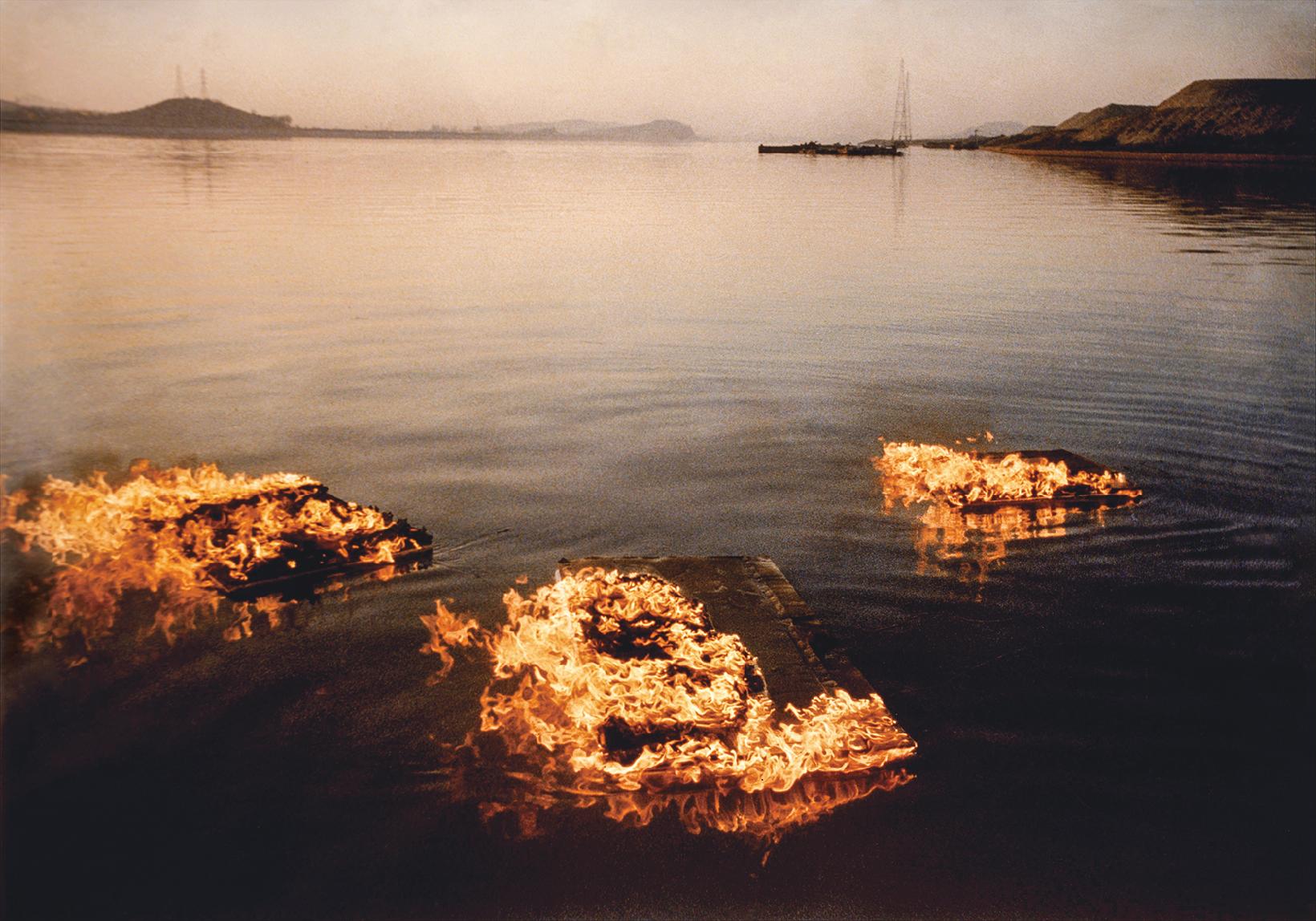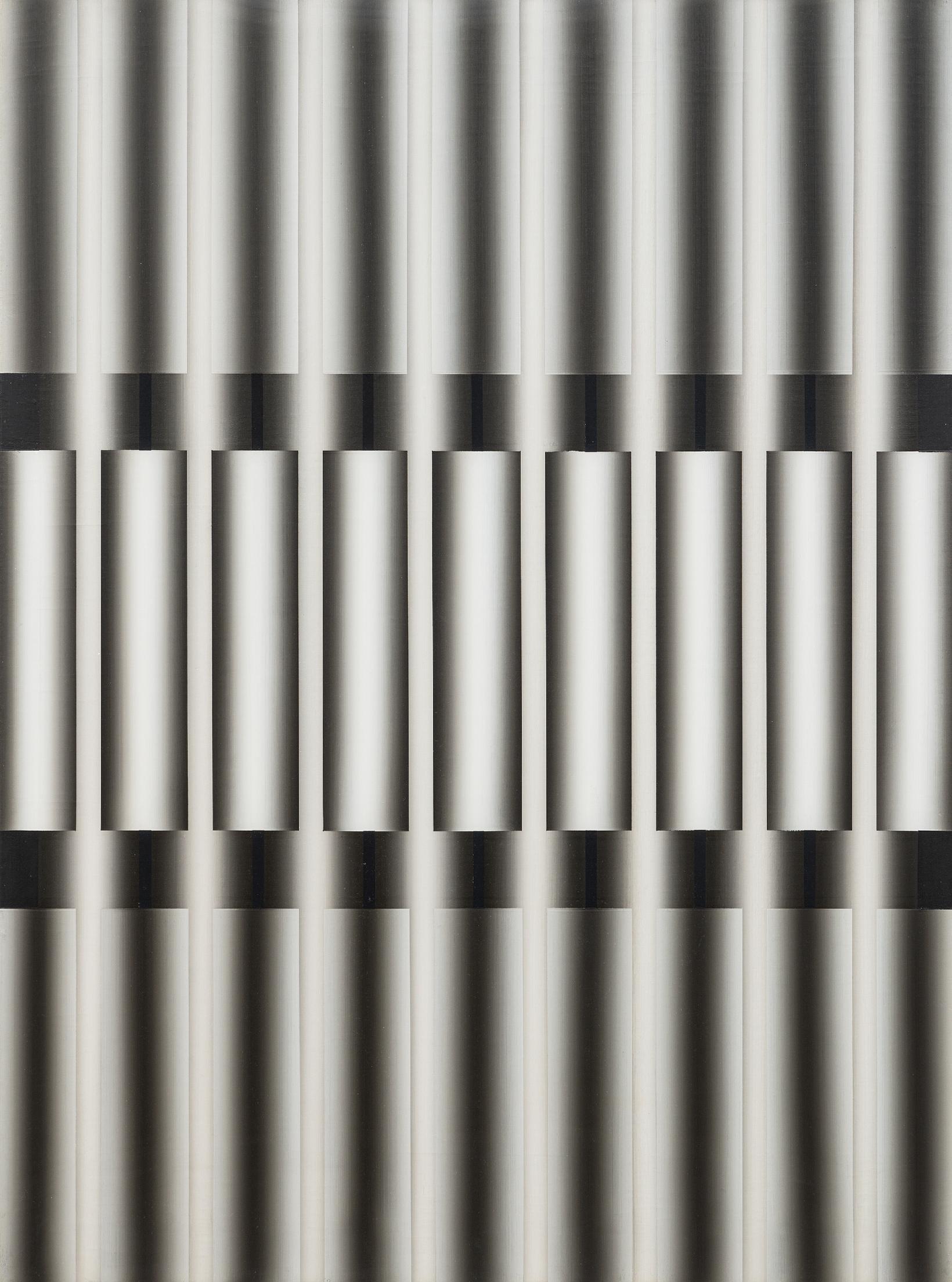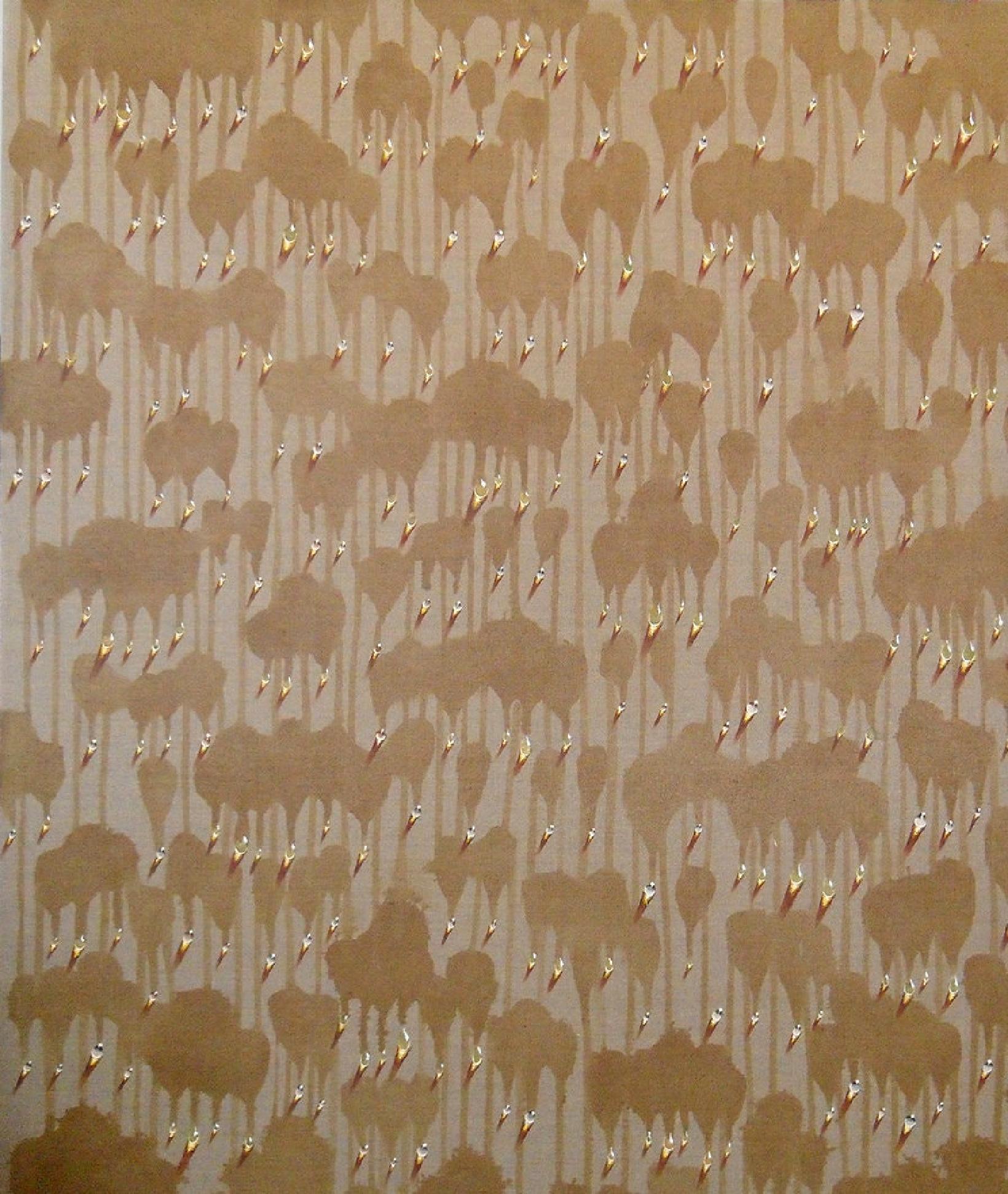
Reviewing the art book Korean Art from 1953: Collision, Innovation, Interaction, which outlines the history of Korean contemporary art, Jason Farago, an art critic for the New York Times, referred to Lee Seung Jio, Seung-taek Lee, Lee Kang-So and Kim Tschang-yeul.
"The young artists of the Origin Group renounced the expressive gestures of the postwar painters; the exacting geometric abstractions of Lee Seung Jio offered a cool reflection of the breakneck growth of Seoul, its sprouting towers, its blaring neon signs. Lee Seung-taek pushed canvases out onto the Han River and set them on fire, while Lee Kang-So set up a bar in the capital’s leading gallery, offering a free space for rice wine and political chatter amid official censorship."

"Kim Tschang-yeul, now 90, who was a contemporary of the Dansaekhwa painters but violated their prohibition on imagery in the form of trompe-l’oeil water droplets that bead and drip from his canvases. For Mr. Kim, a refugee from North Korea who speaks even today of the trauma of the peninsular war, these water drop paintings effect a strange melding of hyperrealism and abstraction, always trying but never succeeding to come to terms with the past."
Read the full article in The New York Times
Image: Seung-taek Lee, Burning Canvases Floating on the River, first performed in 1964 and recreated in this 1988 photo

《뉴욕타임즈》의 미술평론가 제이슨 파라고가 한국 현대미술의 역사를 정리한 미술서 《Korean Art from 1953: Collision, Innovation, Interaction》를 리뷰하면서, 이승조, 이승택, 이강소, 그리고 김창열 작가와 작품을 소개했다.
"오리진 그룹의 젊은 작가들은 전후 화가들의 표현적인 제스처를 버렸다. 이승조의 기하학적 추상은, 고층 건물이 올라가고 네온 사인이 빛나는 서울의 급격한 성장을 정확히 반영한다. 이승택은 한강에 캔버스를 밀어 넣고 거기에 불을 질렀고, 이강소는 서울을 대표하는 갤러리에 막걸리를 무료로 나눠주는 술집을 차리고, 공식적 검열 속에서 정치적 이야기를 나눌 수 있는 장소를 제공했다."

"90세의 화가 김창열은 단색화 화가들과 동시대에 활동했지만, 캔버스에 맺히거나 떨어지는 듯한 물방울을 트롱프뢰유 기법으로 정교하게 묘사함으로써, 단색화 작가들의 이미지에 관한 금기를 위반했다. 북한에서 피난 온 그는 현재까지 6.25전쟁의 트라우마를 말한다. 노력에도 불구하고 이러한 과거와 타협하지 못한 그의 물방울 회화는 초현실과 추상의 낯선 결합으로 귀결된다.”
기사 전문 읽기 The New York Times